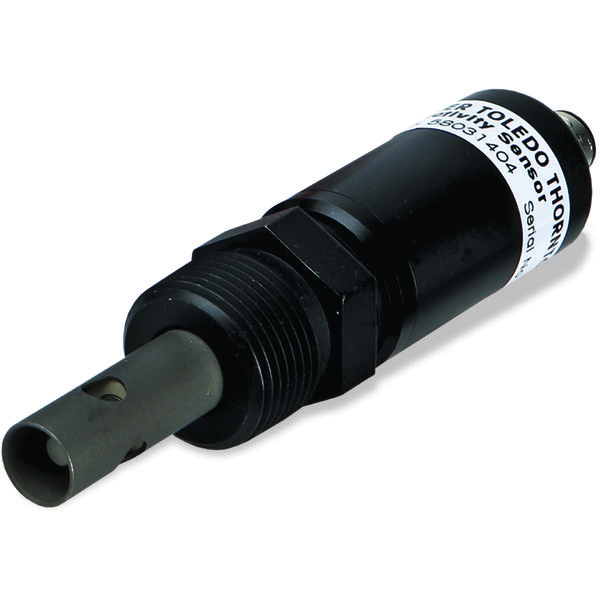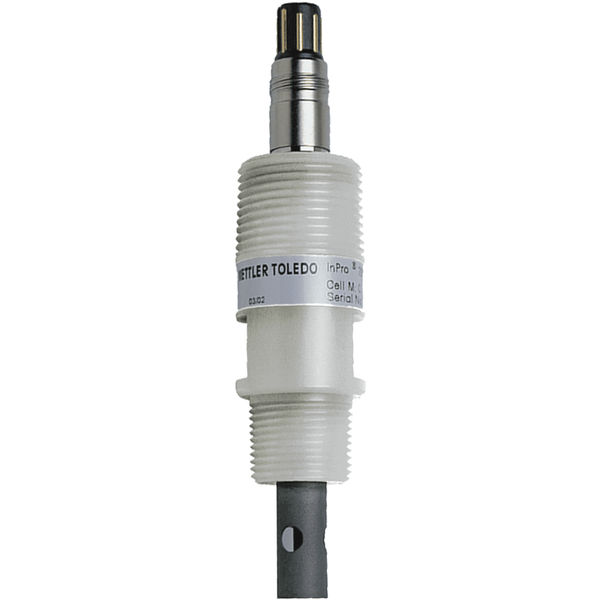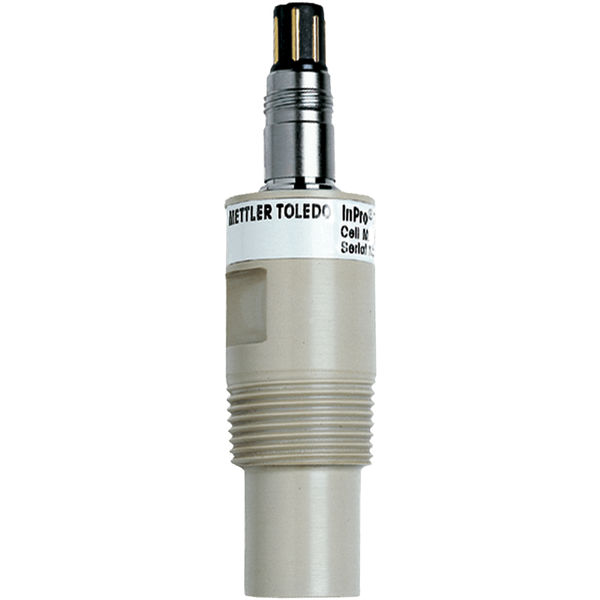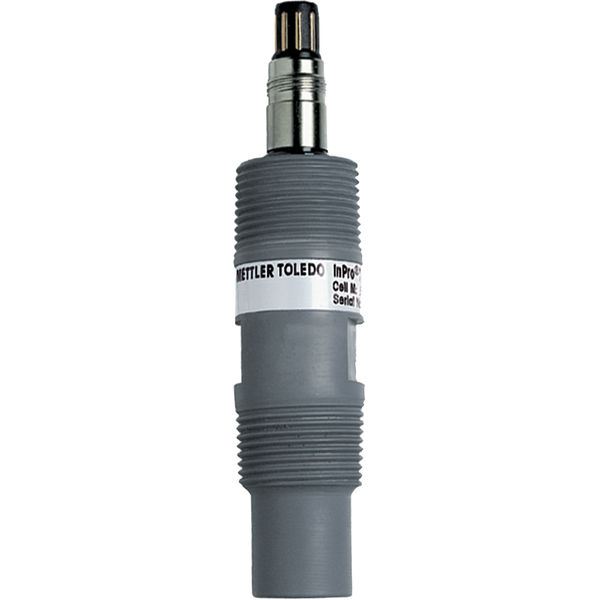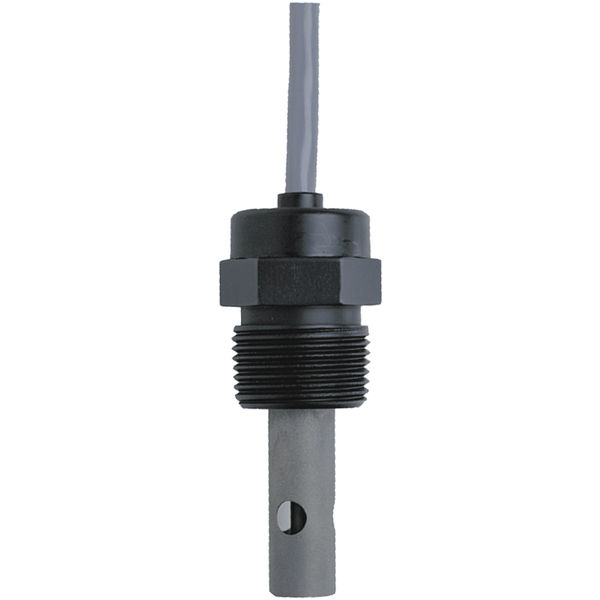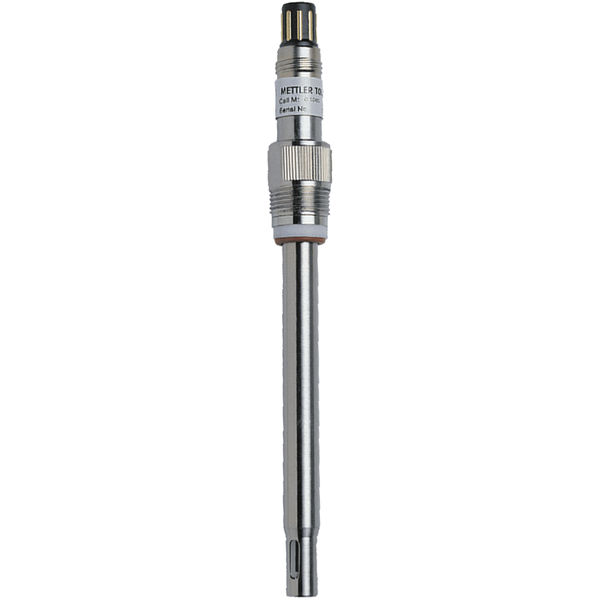Pure Water Conductivity Sensors for Better Water Quality
The UPW UniCond 2-electrode conductivity and resistivity sensor brings a new level of performance to UPW applications. The UPW UniCond sensor was developed collaboratively with semiconductor industry partners to provide stability, best-in-class accuracy, and environmental isolation in ultrapure water applications.
